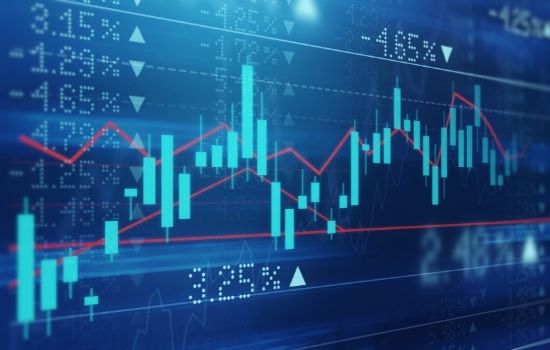
Current Market Volatility
If you have watched the news recently, you have seen that the S&P 500 index plunged 4% last week, in the market’s most significant one-day drop since June 2020.
Volatility, especially considerable swings in volatility, can make investors want to jump out of the markets altogether. Volatility is short-term, but we invest in the long-term, so we need to keep that in mind as we watch the ups and downs. The markets move in cycles, going up like we saw the last few years and then back down in periods of decrease.
Currently, we are walking through a period of pullback in the markets. The S&P 500 is down 17% so far this year after rising an impressive 29% last year. The Nasdaq index has been affected far worse, being down 27%. Several factors play into this pullback, supply chain issues, the war in Ukraine, oil prices, etc.
Remember investing is not in the short-term but the long-term. Your investments are over years, not days or even months. The average retirement accumulation phase is between 20 to 40 years, depending on when you start. No one can “time” the market —deciding when to get in and get out — because no one knows when the best days or worst days will be. If you were to miss out on the 10 best days of the S&P 500 index over the last 20 years, the return would fall from 9% to 4.9%. If you miss the best 30 days in those 20 years, your return would fall to 0.2%. This is why investing consistently over time is recommended by investment professionals.
No one can predict the future, but historically, the longer your time horizon is, the more likely your overall investments will be positive.
For long-term investors, now is a good time for more funds to move into your investments. Pullbacks in the markets like we see currently allow you to buy in at a lower price point, and then as the assets recover from the downturn, so do your returns. While past performance is no guarantee of future performance, we take our cues from what we have seen played out in the past.
*Based on the S&P 500 Index, April 29, 2002, to April 29, 2022. Investors cannot invest in an index, and it does not reflect the deduction of fees or other trading expenses.
Whether the market is experiencing a stage of volatility, or relative stability, two of the powerful resources you have available to you are the expertise of the BOR, and the plan options we offer. Click here to learn more about all of our plan options now.

